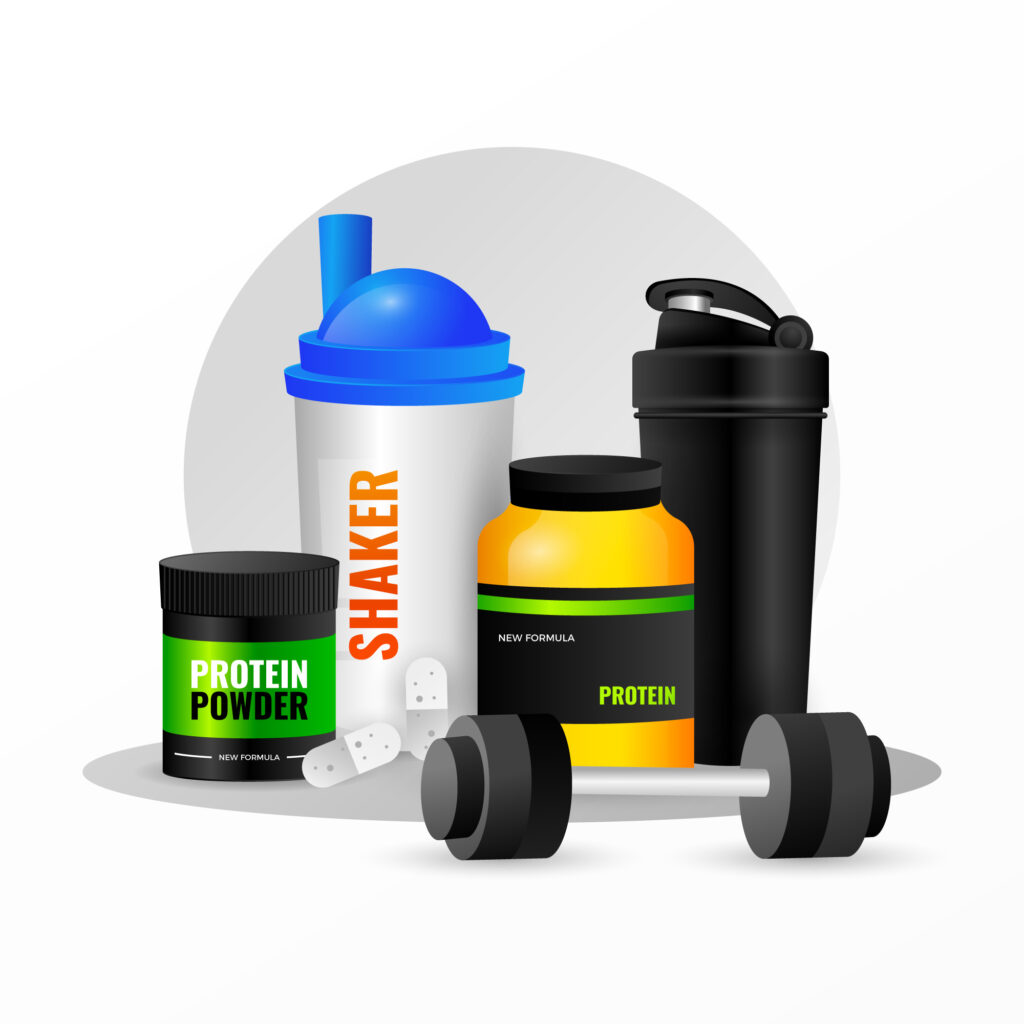Creatine for Muscle Growth: How to Use It Safely for Maximum Results
Introduction: The Science-Backed Muscle Building Powerhouse Creatine monohydrate stands as one of the most extensively researched and scientifically validated supplements in the fitness world. With over 500 peer-reviewed studies backing its efficacy, it has earned its reputation as the gold standard for muscle growth and athletic performance enhancement. This comprehensive guide explores how to use it safely and effectively to maximize your muscle-building potential. CLICK HERE TO USE OUR FREE HEALTH RISK CALCULATOR TO KNOW YOUR HEALTH STATS What is Creatine? Understanding the Muscle Growth Mechanism Creatine is a naturally occurring compound synthesized in the kidneys and liver from the amino acids arginine, glycine, and methionine. Found predominantly in red meat and fish, it plays a crucial role in cellular energy production, particularly during high-intensity exercise. The ATP-PC Energy System: How Creatine Powers Muscle Growth The primary mechanism through which creatine enhances muscle growth involves the ATP-PC (adenosine triphosphate-phosphocreatine) system. When you lift weights or engage in intense exercise, your muscles rapidly deplete their ATP stores. It, stored as phosphocreatine in muscle tissue, acts as an energy buffer, rapidly regenerating ATP to fuel continued muscle contractions. According to recent NIH-backed research published in Nutrients (2024), creatine supplementation combined with resistance training significantly increases both upper-body strength (4.43 kg improvement) and lower-body strength (11.35 kg improvement) compared to placebo groups. Creatine Monohydrate vs Other Forms: Which is Best for Muscle Growth? Creatine Monohydrate: The Gold Standard Creatine monohydrate remains the most researched and effective form of creatine available. This form consists of approximately 90% creatine by weight and has demonstrated superior efficacy in numerous clinical trials. The extensive research backing creatine monohydrate makes it the preferred choice for muscle building. Alternative Creatine Forms While various forms exist, including: Scientific evidence consistently shows that creatine monohydrate provides equivalent or superior results compared to these alternatives at a more cost-effective price point. How Much Creatine Should You Take Daily for Maximum Muscle Growth? Standard Dosing Protocol The optimal creatine dosage for muscle growth follows well-established guidelines: Daily Maintenance Dose: 3-5 grams per day Creatine Loading Phase: Is It Necessary? The traditional creatine loading phase involves: However, recent research indicates that loading is not necessary. Studies show that consuming 3-5 grams daily for 28 days produces similar muscle creatine saturation levels as the loading protocol, just over a longer timeframe. Optimal Timing: When to Take Creatine for Maximum Results Pre-Workout vs Post-Workout Timing Research suggests that post-workout creatine supplementation may provide slight advantages for muscle growth: However, the timing difference is minimal. Consistency in daily supplementation matters more than specific timing. With or Without Food? Creatine can be taken with or without food. Taking it with carbohydrates may slightly improve uptake due to insulin-mediated transport, but this effect is not significant enough to be a major concern. Creatine Benefits for Muscle Growth: What the Research Shows Primary Muscle Building Benefits 1. Increased Muscle Strength and Power 2. Enhanced Muscle Mass Development 3. Improved Recovery and Training Capacity Secondary Benefits for Muscle Growth 1. Increased Training Volume 2. Improved Muscle Hydration Creatine for Women: Breaking Down the Myths Gender-Specific Considerations Contrary to popular belief, creatine is highly effective for women. Recent research highlights unique benefits for female athletes: Benefits for Women: Hormonal Considerations: Safety Profile: Is Creatine Safe for Long-Term Use? Comprehensive Safety Research Extensive research spanning over 25 years demonstrates that creatine is remarkably safe when used at recommended dosages. The International Society of Sports Nutrition (ISSN) and multiple systematic reviews confirm: Safety Highlights: Common Side Effects and Misconceptions Myth: Creatine Causes Kidney Damage Myth: Creatine Causes Excessive Water Retention Myth: Creatine Causes Hair Loss Creatine Powder vs Pills: Which is More Effective? Absorption and Bioavailability Both forms deliver equivalent benefits, but powder offers several advantages: Creatine Powder Benefits: Creatine Capsules Benefits: Maximizing Creatine Effectiveness: Advanced Strategies Combination Strategies 1. Creatine + Carbohydrates 2. Creatine + Protein 3. Creatine + Beta-Alanine Hydration and Creatine Proper hydration is crucial when using creatine: Creatine Cycling: Is It Necessary? The Science on Cycling Research conclusively shows that creatine cycling is unnecessary: Continuous Use Protocol For optimal results, maintain consistent daily supplementation: Special Populations: Who Should Consider Creatine? Athletes and Bodybuilders Ideal candidates for creatine supplementation: Older Adults Research shows significant benefits for older adults: Vegetarians and Vegans Particularly beneficial for plant-based athletes: Potential Side Effects and Precautions Minor Side Effects Occasionally reported effects: Precautions Consult healthcare providers if: Choosing the Right Creatine Supplement Quality Indicators Look for these features: Top-Rated Creatine Supplements Based on research and third-party testing: Conclusion: Your Path to Maximum Muscle Growth Creatine monohydrate represents the most scientifically validated supplement for muscle growth and athletic performance. With its extensive safety profile, proven efficacy, and affordable cost, creatine should be a cornerstone of any serious muscle-building program. Key takeaways for optimal results: By following these evidence-based guidelines, you’ll maximize creatine’s muscle-building potential while maintaining optimal safety. Remember, supplements enhance but don’t replace proper training, nutrition, and recovery. Use creatine as part of a comprehensive approach to achieving your muscle growth goals. This comprehensive guide provides you with everything needed to use creatine safely and effectively for maximum muscle growth results. Start your creatine journey today and experience the science-backed benefits that have made it the world’s most trusted muscle-building supplement.
Creatine for Muscle Growth: How to Use It Safely for Maximum Results Read More »
